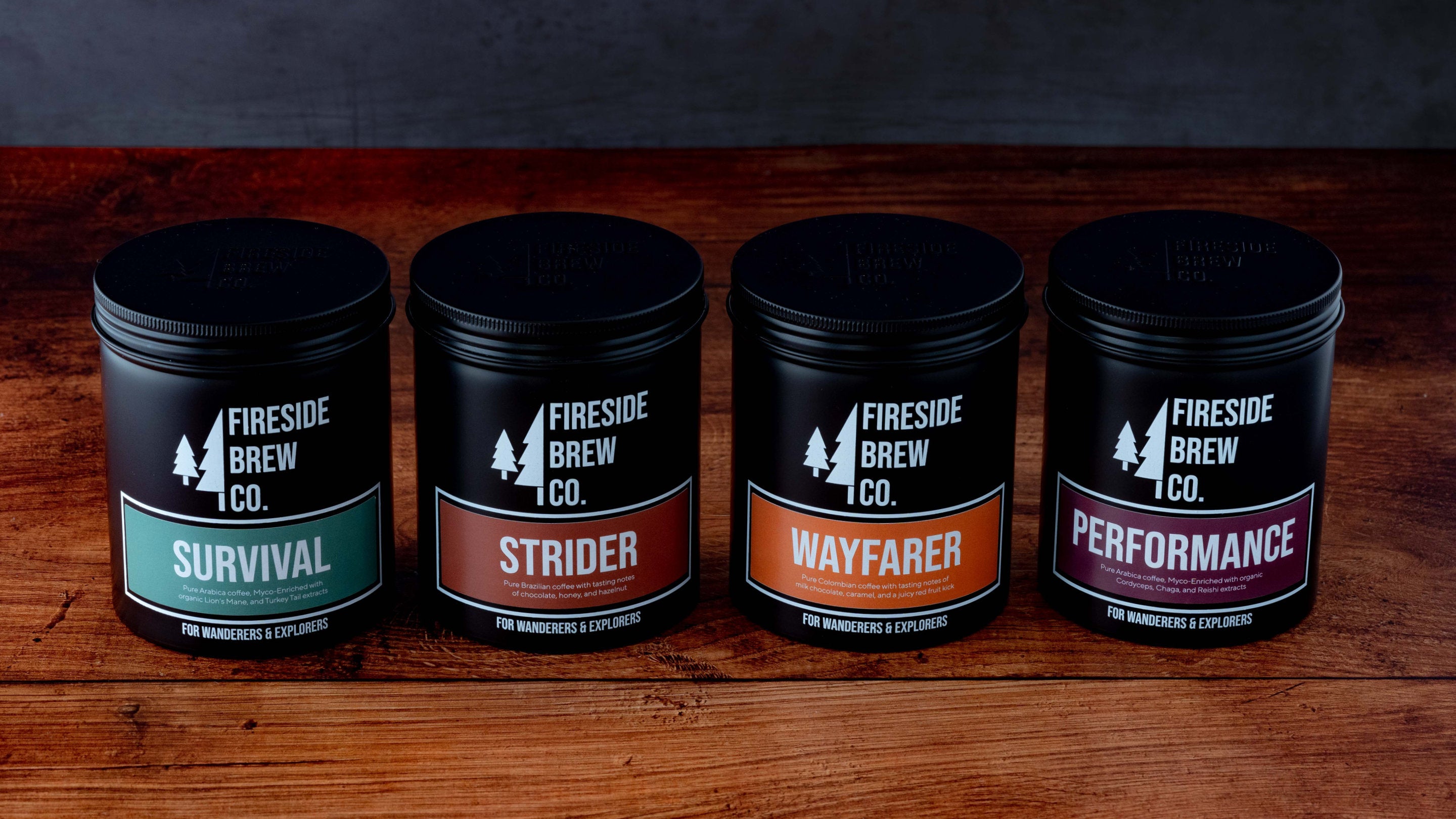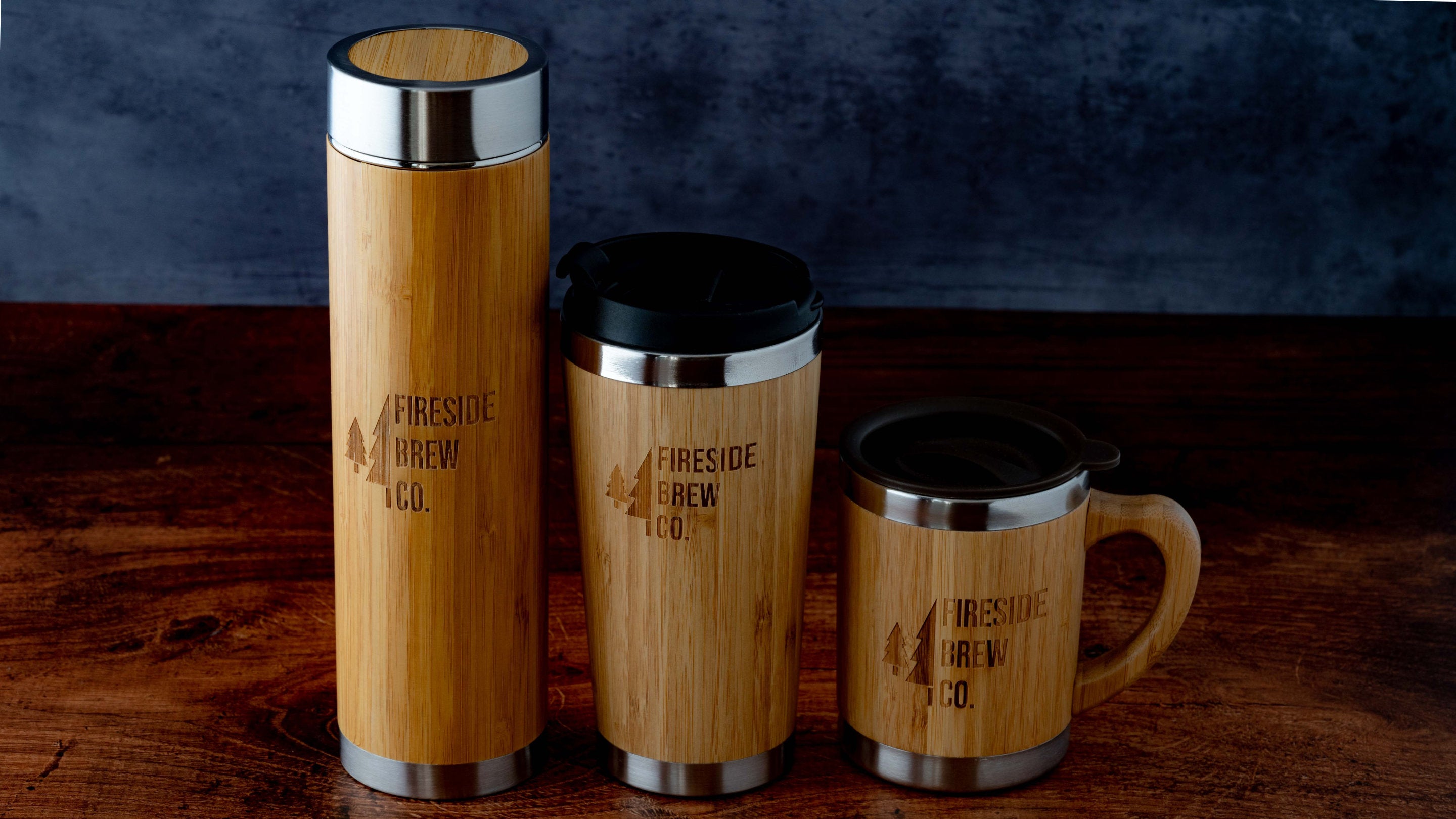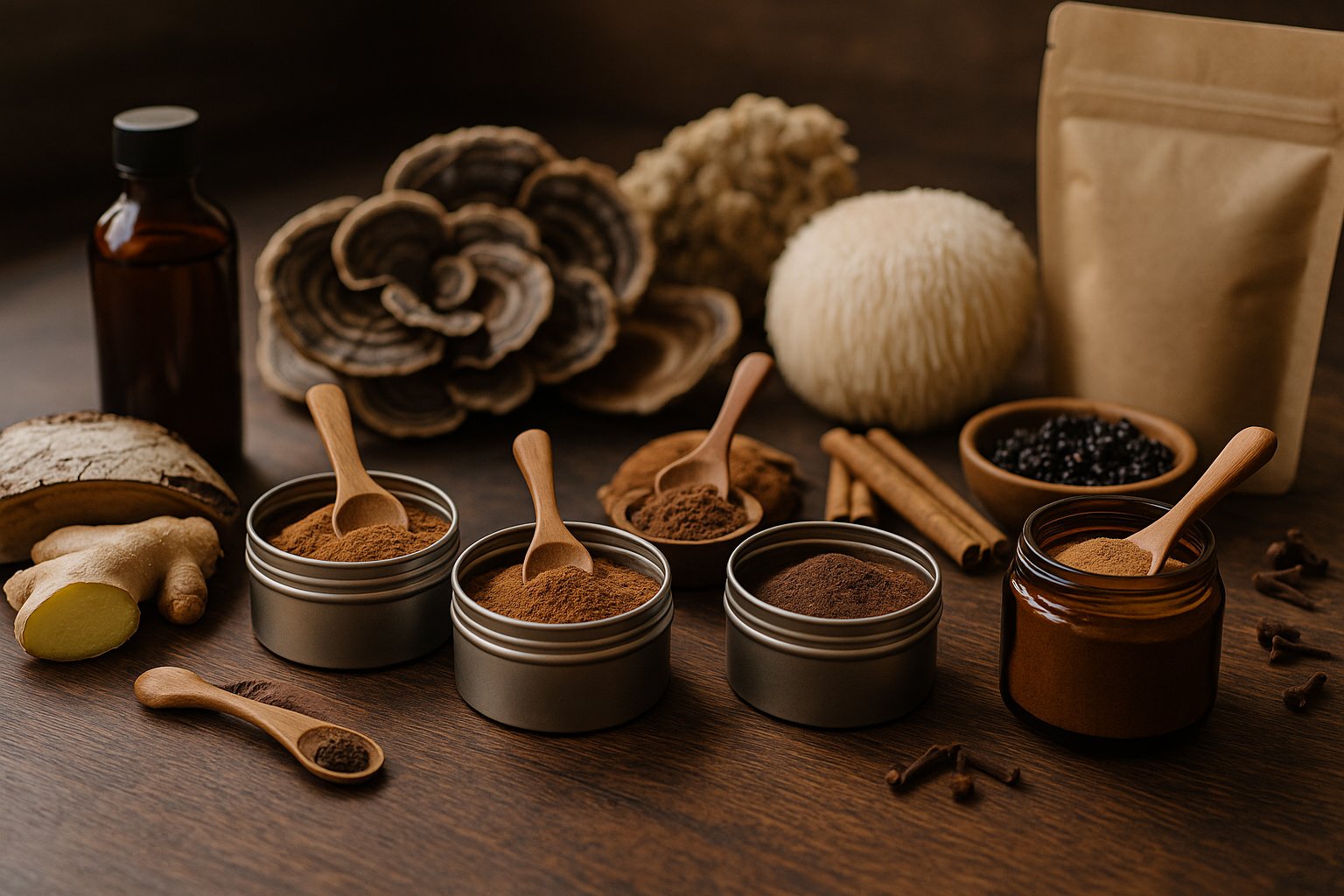Every bag of coffee you’ve ever bought is bad for the environment

When we started Fireside Brew our mission was to create a 100% sustainable business with zero or even negative carbon footprint.
We’re lifelong bushcrafters and wilderness explorers, so leaving no trace is seared into our ethos.
We love coffee and we love everything outdoorsy so it was an obvious union to bring these two things together. However, when we got into the detail of launching the coffee business, one thing became immediately apparent.
Every single bag of coffee ever bought has been bad for the environment.
No exceptions.
Having worked as a publisher in the food and drink industry, I know first-hand just how badly regulated that industry is. Really it’s a travesty that any of us are able to buy anything that can’t be recycled at end of its usable life. But most of the packaging used in food and drink is exactly that – rubbish that ends up in landfill.
Surely coffee packaging isn’t that bad though? I mean, we’ve all seen those nice paper-feel bags right? Nope, they’re destined for landfill too.
In fact, here’s a run down of all the coffee packaging you’ll come across:
1. Standard foil bags

These end up in landfill. They’re completely un-recyclable.
2. “Recyclable” bags

These feel plastic – a bit like silicone actually. They are technically recyclable, but not by you. You can’t just pop the empty bag in your recycling bin, and if you do it’ll just get fished out and put in landfill.
These bags are only industrially recyclable. This means they have to be sent off to specialist recycling centres to be broken down by a very energy intensive process that’s also bad for the environment.
3. “Biodegradable” bags

These are total nonsense. Again, they’re not biodegradable in any normal sense of the word. You can’t pop these into your food waste bin or home composter – they’ll still be going strong 15 years later and will have spent that time leaching chemicals and microplastics into the ground. Yay.
These bags are in fact only oxo biodegradable, which means they also need special treatment at industrial recycling centres. They won’t find their way to such places via your kerbside recycling bin either.
4. “Compostable” bags

Compostable is a painfully unregulated term and there are no bags that are home compostable, even if they say they are!
Fact: there is no international standard for home composting. That means the “compostable” bags you buy are, once again, only compostable in special recycling centres that won’t pick up from your household recycling bins.
There is a European Union (remember that?) standard for compostable materials (‘EN 13432’ since you asked), and materials have to fully break down by six months in an industrial composting environment in order to meet this standard.
We nearly went for these bags. But it turned out that the EU standard only applies to parts of the bags and the plastics in them emit loads of CO2 while degrading, which isn’t particularly wonderful for planet Earth is it?
Why is it like this?
Most companies sell coffee in these standard coffee bags for a number of reasons:
- Convenience – it’s easy to buy these bags fill them with coffee and seal them up. Job done. Tick.
- Cost – they’re cheap. Even the “bio bags” that we now know aren’t remotely bio, are still pretty cheap; about £1 per bag.
- Fresh – this is the biggie. These bags are often resealable, although if you’ve ever succeeded in getting a proper seal on a plastic zipper bag once opened then I commend you. So coffee companies sell the bags, people keep the coffee in them and afterwards they end up in landfill. Good times.
- Valves – also a big deal, if you believe the packaging industry BS. Coffee beans once roasted emit CO2. Who knew? Well the packaging industry knew so they invented a one way valve to release the CO2 from the coffee bags. You know, that thing you sniff to smell the deliciousness that awaits you. That valve is not actually for your sniffing pleasure, it’s to release the pesky CO2 and stop the sealed bag exploding.
It doesn’t take long to dismantle these arguments, especially the magic CO2 valve which is almost entirely unnecessary anyway. (I’ll dismantle them at the end of this blog, if you’re still unconvinced by then).
What’s the solution?


Well we like to think we’ve found it, or got very close at least.
Tins.
Tins are easily recyclable. They're also resealable and reusable.
If you’ve ever complained about the increase in plastic packaging even for things you used to only get in tins (baked beans, anyone?) you’ve probably already realised the crux of the problem. Plastic is cheap, metal is not. Metal is premium. But as such, metal will always be in demand for recycling.
We sell our coffee in tins. They’re useful and robust enough to be thrown about in your bag too. Once they’re unusable (like the tin of Strider I trod on while making a coffee at the beach), you can just pop them in your normal recycling bin at home. Your council will recycle them and make money from doing so.
No fuss, no landfill, everyone's a winner.
 What about refills? Sometimes you don’t need a container at all. Maybe you’re one of those eco conscious folk who prefer to buy stuff loose and put it in your own containers at home. Bravo if you are.
What about refills? Sometimes you don’t need a container at all. Maybe you’re one of those eco conscious folk who prefer to buy stuff loose and put it in your own containers at home. Bravo if you are.
Well for coffee refills we’ll simply send it to you in a paper kraft bag. It’s 100% paper and can be reused (ideal sandwich bag!) and recycled from home.
In future posts we’ll talk about our tree planting mission, carbon offsetting and general packaging approach. Meantime, we’d love to hear from you – please leave your comments below.
Onwards...
Rich, founder of Fireside Brew Co.
--
PS I promised a quick dismantling of the reasons for standard coffee bag use. So here it is:
- Convenience – yeah, it’s convenient to get coffee in a bag you can bury in the ground for archaeologists in 1000 years to find and reuse. But c’mon, convenience culture is killing the planet.
- Cost – so long as you, dear customer, don’t pay more than you’re used to for something, cost isn’t really an issue. We absorb the additional costs of our packaging because that’s the right thing to do. You don't pay more for our coffee and you can feel smug about helping the planet with every cup.
- Fresh – coffee degrades from the minute it’s roasted. Packaging is used to slow down the process, not stop it altogether. So it’s also about how much coffee you normally get through. If you’re a cup-a-day kind of person, then you don’t need a kilo bag of beans. We do 100g tins, which equates to about 8 cups. Or if you’re a power-drinker then 250g tins are on the way to make you happy for days. Great tasting coffee will always run out before it goes off.
- Valves – 99% of coffee CO2 is produced in 72 hours from when it’s roasted. We store our freshly roasted beans in Airscape canisters, that have a release valve. So even if you buy a tin of coffee from us on the day of roasting, by the time it reaches your post box it’ll be mostly gas free. And then you’ll want to open it to get a nose full of the delicious aroma, whereupon any trapped CO2 will disappear into the ether. Valves are a nonsense made up by the packaging industry and used by coffee suppliers that pretend to care about freshness but really just want to save money.






Dear Rich,
I think this is a great story and I also love the way you describe it somewhat popular, but very understandable. It fully fits the mission that we as a new and young operational association EXTR:ACT have received from our members. Different type of packaging, but with the same message. We are also open to change (we have to). So who knows, maybe we’ll meet someday to exchange ideas (like the Chinese say: if you both exchange a stone, you still have one stone, but if you exchange an idea, you both have two ideas). I would find it very interesting and inspiring. Until then: good luck with your mission and vision (and sales) ….
Leave a comment